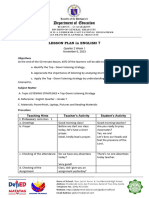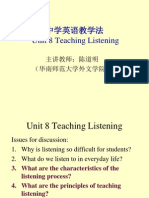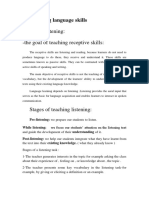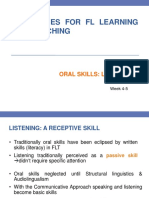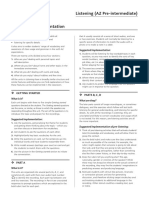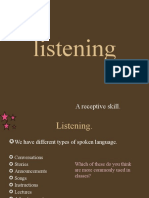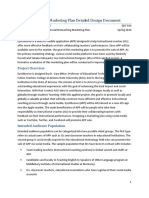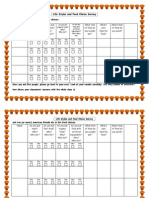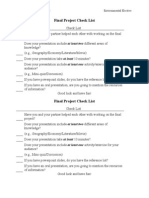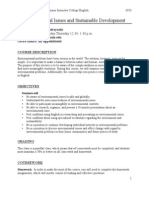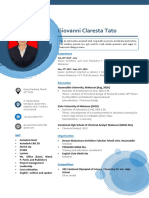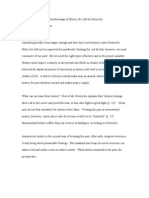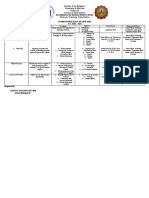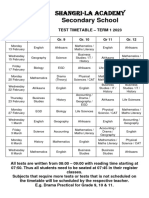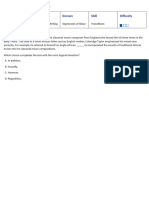Contents
Section 1: Overview
Plan of the Student's Book
iv
To the Teacher
vi
Section 2: Teaching Notes
Introductory Lesson: Before You begin
Unit 1
Unit 2
10
Unit 3
14
Unit 4
18
Expansion 1
22
Unit 5
24
Unit 6
28
Unit 7
32
Unit 8
36
Expansion 2
40
Unit 9
42
Unit 10
46
Unit 11
50
Unit 12
54
Expansion 3
58
Unit 13
60
Unit 14
64
Unit 15
68
Unit 16
72
Expansion 4
76
�Section 3: Testing Programs
Contents
78
Quizzes
79
Quiz Answer Key
96
Quiz Audio Scripts
98
Tests
108
Test Audio Scripts
129
Score Records Sheet
134
Quizzes and Tests Track Listing
135
Section 4: Additional Notes
Activation: A Speaking and Listening Game
136
Self-study Units
137
Student's Book Audio Scripts (including Self-study)
184
�To the Teacher
About the Book
The book includes an introductory lesson (Before You Begin), 16 Core Units, and four
Expansion Units.
Before You Begin:
This lesson introduces students to helpful learning strategies and types of listening.
Expansion Unit:
The four Expansion Units present cultural information related to the unit themes.
The units can be taught in the order presented or out of sequence to follow the themes
of the class or another book it is supplementing. In general, the tasks in the second
half of the book are more challenging than those in the first, and language from earlier
units is recycled as the book progresses.
Unit Organization
Core Unit
Each Core Unit has four parts:
Warming-up
Main Listening Tasks
Your Turn to Talk (speaking activity)
Warming-up:
This activity, usually done in pairs,
serves two purposes:
It reminds students of what they
already know about the topic.
It previews common vocabulary
used in the unit.
During the Warming-up activity,
students use their prior knowledge
about the topic, vocabulary, and
structures, as well as learn new
vocabulary and phrases that are
connected to the theme of the unit.
The combination of the two
approaches makes the Listening
Tasks that follow easier.
- vi -
�Main Listening Tasks:
Listening Task 1 and Listening Task 2 are the major listening exercises.
Each Task has two parts (A & B). The students work with the same input in both
parts of the task, but they listen for different reasons each time.
Part A
Part B
Your Turn to Talk:
The final section of each Core Unit, is a short, fluency-oriented speaking task done
in pairs or small groups.
First, students prepare for the
speaking activity by gathering ideas
and thinking about the topic.
Next, they practice a pronunciation
point.
Finally, they speak to their classmates
as they exchange information or
opinions.
- vii -
�Expansion Unit
The two-page Expansion Unit after every four Core Units features listening activities
that provide general cultural information about a country or region of the world and an
authentic intervew with a person from that place. The tasks focus on the same
listening skills as the core units and recycle the themes and topics of the preceding
Self-study
The Self-study page reviews language, vocabulary, and themes from the unit and
provides personalization exercises. It can be used for homework or for additional
listening practice in class.
How Students Learn to Listen
Bottom-up vs. Top-down
To understand what our students are going through as they learn to listen or read,
consider the "Bottom-up vs. Top-down processing" distinction.
The distinction is based on the ways students process and attempt to understand what
they read or hear.
If you are sitting on the top of the wall, you
can easily see the landscape.
Students start from their background
knowledge.
Top-down
Bottom-up
If you are standing at the bottom, you can
easily see the details of the wall brick.
Students start with the component parts:
words, grammar, and the like.
- viii -
�Students, particularly those with years of "classroom English" but little experience in
really using the language, try to listen from the "Bottom-up"
They attempt to piece the meaning together, word by word. In order to experience
what students go through, try reading the following from right to left.
word one ,slowly English process you When
to easy is it ,now doing are you as ,time a at
.word individual each of meaning the catch
Read from right to left
understand to difficult very is it ,However
.passage the of meaning overall the
While reading, it is likely you felt the frustration of Bottom-up processing; you had to
get each individual part before you could make sense of it. This is similar to what our
students experience - and they're having to wrestle the meaning in a foreign language.
Of course, this is an ineffective way to listen since it takes too long. While student are
still trying to make sense of what has been said, the speaker keeps going. The
students get lost.
Integrated Listening Strategy
Although their processing strategy makes listening difficult, students do come to class
with certain strengths. From their years of English study, most have a realtively large,
vocabulary. They also often have a solid receptive knowledge of English grammar. We
shouldn't neglect the years of life experience; our students bring with them a wealth of
background knowledge on many topics.
These three strengths - vocabulary, grammar, and life experience - can be the tools
for effective learning.
Lif
e
ex
pe
rie
Top-down
nc
e
Activation
y
ar
l
u
ab
c
Vo
St
ru
c
Bottom-up
tu
re
By engaging the students in Warming-up, students integrate Bottom-up and Topdown processing. They start from meaning, but, in the process of doing the task, use
vocabulary and structures (grammar) connected with the task, topic, or function.
The result is an integrated listening strategy.
- ix -
�Tools for Effective Listening
A second factor that is essential in creating effective listeners is exposing them to a
variety of types of listening.
Many students have only had experience with listening for literal comprehension.
While listening for details is an important skill, it represents only one type.
We have attempted to reach a balance in the book in order to give students
experience with - and an understanding of - listening for the main idea and listening
and making inferences.
Students usually are quick to understand the idea of listening for the main idea. They
can easily imagine having to catch the general meaning of something they hear.
Inference - listening "between the lines" - can be more difficult.
Man:
I love this store! They have the best prices.
Main Idea
"Shopping" as the main
topic of conversation.
Woman: Me, too. I always spend too much money here.
Man:
I think I'm going to buy this computer for school.
Woman: Wow! That's nice. How much is it?
Man:
Let me check the price. Whoa! Um, uh,...
I guess I'd better not buy it after all.
Woman: Yeah, probably not. Let's go get some food.
Details
The item the man wants to
buy.
Inference
Understanding that the
man does not have
enough money.
Many of these ideas are helpful in understanding the listening process, but they
should not be seen as rigid models. We need to remember that listening is actually
very complex.
Remember that although listeners need practice in listening, they also need more:
They need to learn how to listen. They need different types of listening
strategies and tasks. They need to learn to preview.
Our students need exposure to it all.
When students get the exposure they need, they build their listening skills. They
become active listeners.
Steven Brown
Dorolyn Smith
-x-

















